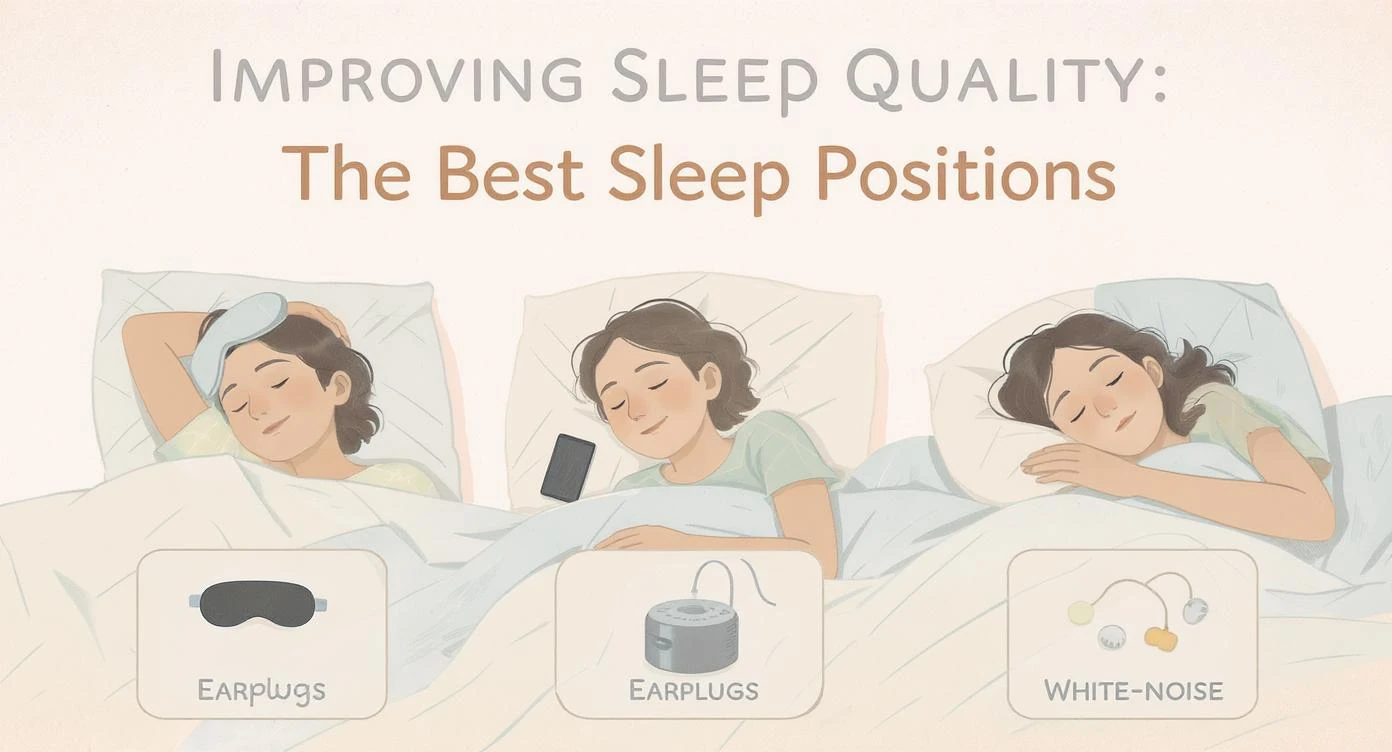Shift work presents unique challenges for maintaining healthy sleep patterns. Working non-traditional hours can disrupt your natural circadian rhythm, making it difficult to get quality sleep. However, with the right strategies and mindset, shift workers can improve their sleep quality and overall well-being.
Understanding Shift Work Sleep Disorder
Shift Work Sleep Disorder (SWSD) is a circadian rhythm sleep disorder that affects people who work non-traditional hours. Symptoms include excessive sleepiness during work hours, insomnia when trying to sleep, and reduced performance.
Creating a Sleep-Conducive Environment
For shift workers, creating the right sleep environment is crucial. Use blackout curtains or an eye mask to block out daylight, wear earplugs or use a white noise machine to minimize daytime sounds, and keep your bedroom cool and comfortable.
Strategic Napping
Short naps (20-30 minutes) can help combat fatigue during long shifts. Avoid napping too close to your main sleep period, as this can interfere with your ability to fall asleep later.
Light Exposure Management
Light is a powerful regulator of your circadian rhythm. Expose yourself to bright light during your work hours and wear sunglasses on your way home to signal to your body that it's time to prepare for sleep.




